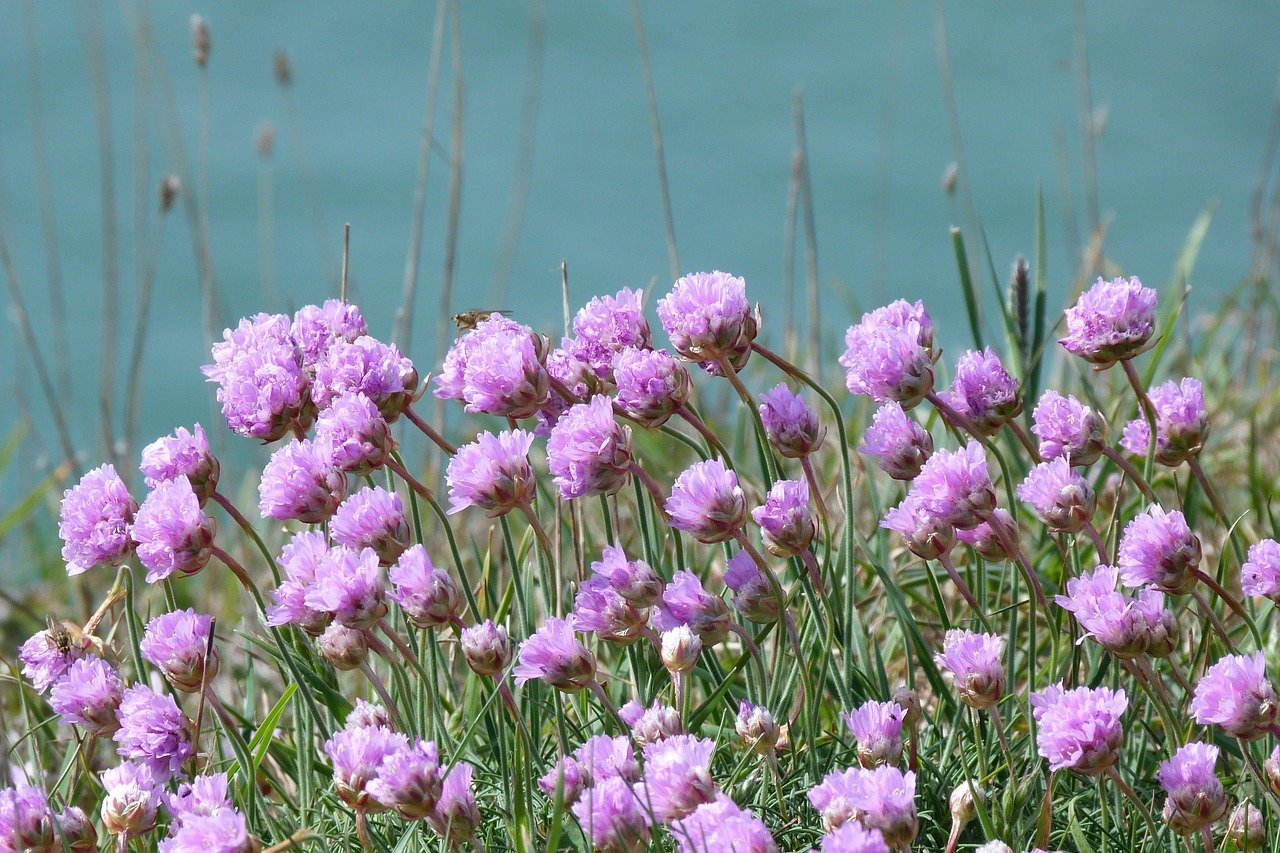Alpine plants are plants which naturally grow in alpine climates. This basically means high up on mountains, not just the Alps. As a result, they are very tolerant of cold and wind and fairly tolerant of rain. Alpine plants tend to prefer neutral to alkaline soils and they all need well-drained soil. Alpine flowers generally bloom in spring but some bloom in autumn.
What are Alpine Plants?
Traditionally, alpine garden plants were grown in rockeries. These days, it’s more common for them to be grown in containers. Growing alpine plants is very simple, even for beginners. As long as you get the basics right, alpine plants will largely take care of themselves.
The key to growing alpine plants is to choose the right container and put it in the right place. It’s fine to use small containers, but they need to be deep enough to hold long roots. They also need to have good drainage. In the wild, alpine plants generally grow near to protective rocks. This means that garden alpine plants appreciate a bit of shelter, for example, a wall.
One of the advantages of using containers is that you can create different growing conditions for different alpine plants. For example, you can have alpine flowers for spring and autumn and foliage alpine plants in winter.
Armeria
Plant Armeria as soon as possible after the spring frosts have ended. Expect multitudes of cup-shaped flowers between April and June. Regular deadheading will increase production Most forms of Armeria have pink/purple flowers but some are red. The foliage is evergreen. Armeria does like to spread, so unless you want ground cover, it’s best to keep it in a container.
Dianthus ‘Pop Star’
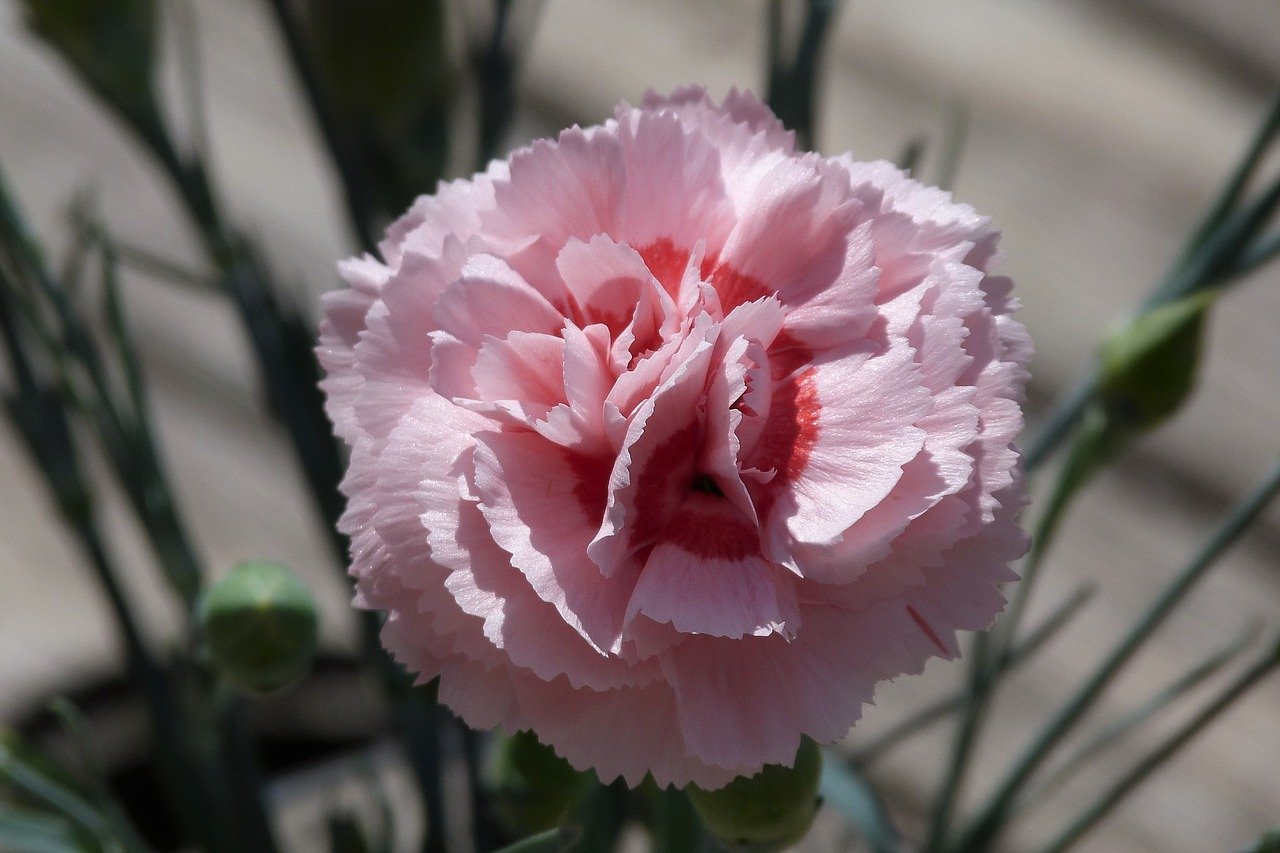
Plant Dianthus in early spring, but after the frosts. Expect numerous, deeply-fringed blooms from May to July. The petals are a bright lavender/pink and the eye of the flower is a deeper cherry colour. When Dianthus ‘Pop Star’ is in bloom, you’ll smell the alpine flowers long before you see them. After they die away, the blue/green foliage adds interest to the garden.
Lewisia longipetala ‘Little Plum’
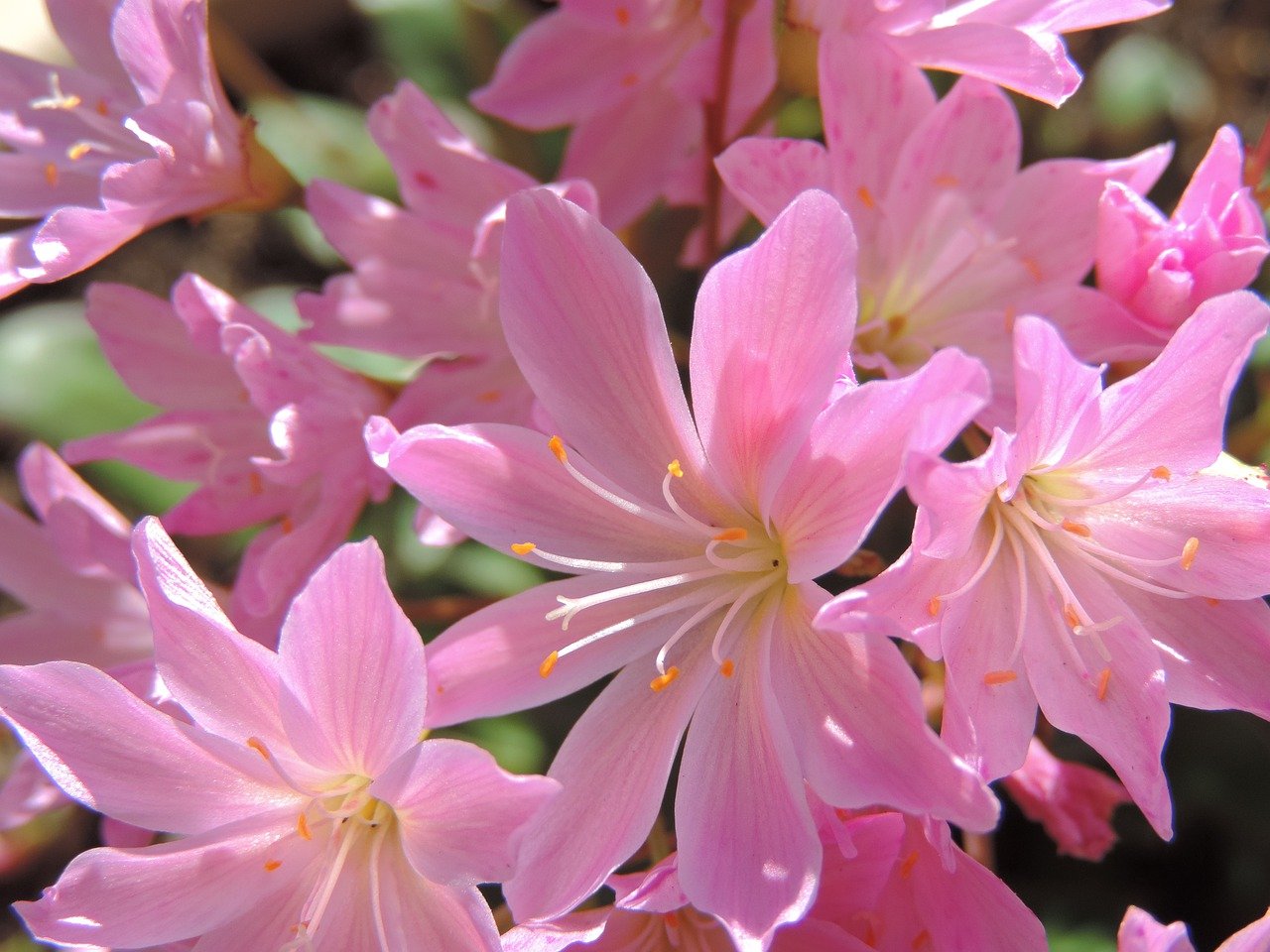
In principle, you can plant Lewisia at any time. In practice, just after the spring frosts is usually the best time. The main flowering period is April/May but if you deadhead regularly, you may get further blooms through the summer. The star-shaped blooms generally start as apricot and then darken to a bright pink. The foliage is bright green and evergreen.
Lithodora diffusa ‘Heavenly Blue’
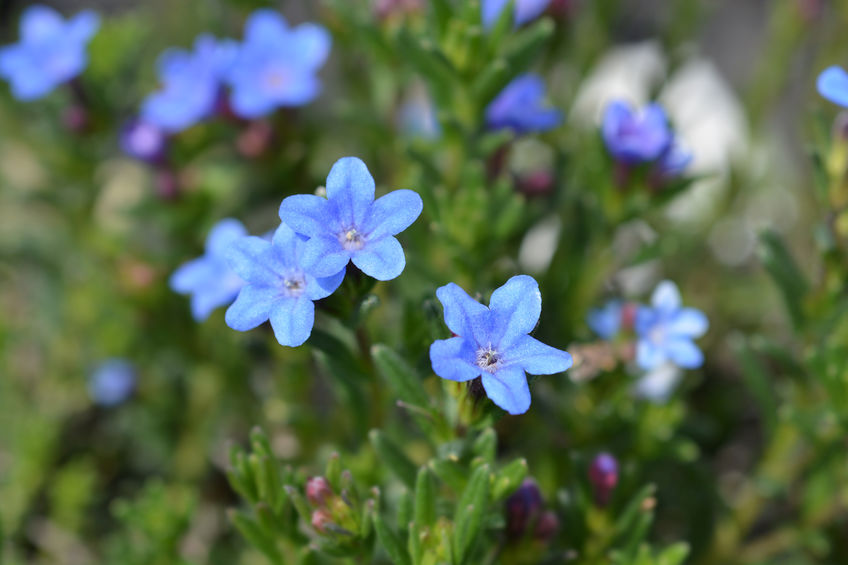
Plant Lithodora in early spring, but after the frosts have passed. Expect massive clusters of star-shaped blue flowers between May and August. Deadheading can increase production. The foliage is deep green and evergreen. Lithodora diffusa takes its name from its habit of spreading. If you need to keep it in a small space, use a container.
Phlox subulata ‘McDaniel’s Cushion’
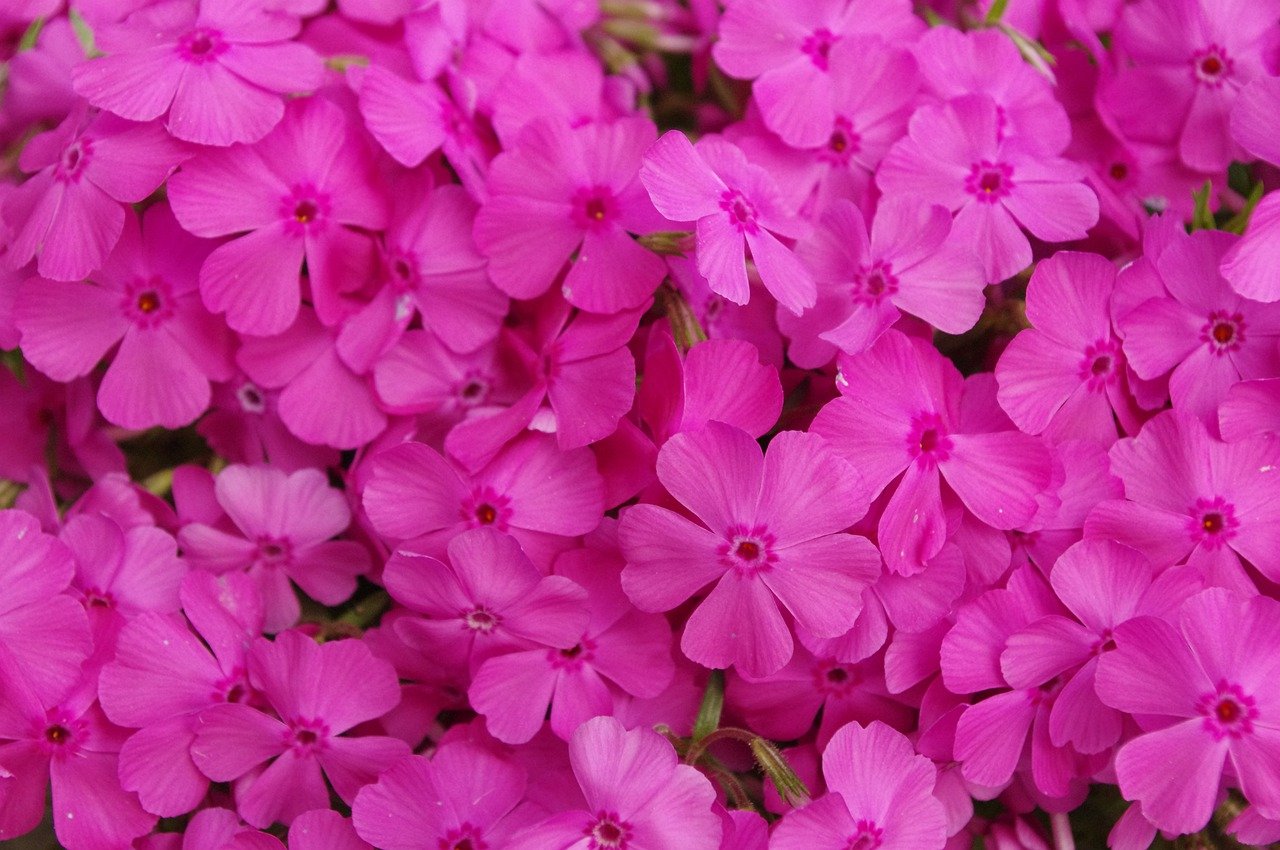
Plant Phlox just after the spring frosts. Expect dense cushions of tiny pink/purple flowers from April to June. The foliage is a rich green and evergreen. Phlox really needs to be planted in a sheltered location and in well-drained soil. If it isn’t, it can succumb to powdery mildew, leaf spot and Phlox eelworm.
Saxifraga ‘Winifred Bevington’
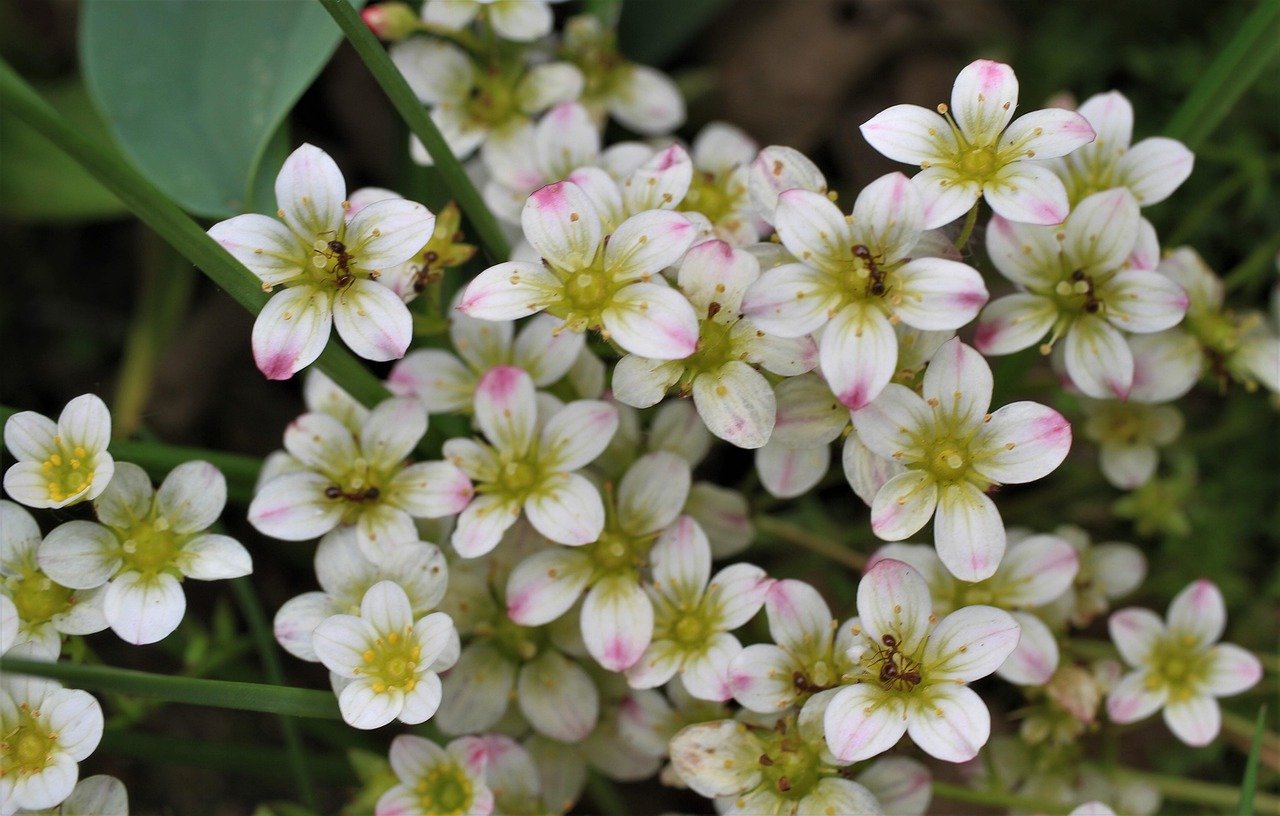
Plant Saxifraga as soon as possible after the spring frosts. It flowers from April to June. flowers are tiny, star-shaped and looked at from a distance, give the impression of being a warm pink. Look up close and you’ll see that the petals are pale pink to white but the eye is a bright pink. The stems are red but the leaves are green. Both are evergreen.
Sedum spathulifolium ‘Purpureum’
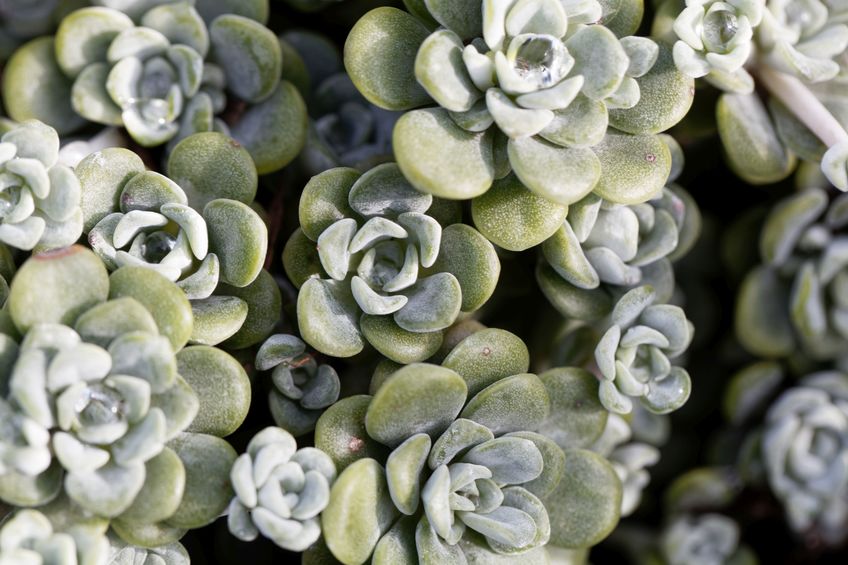
Plant Sedum in early spring, but wait until the frosts have passed. Expect clusters of yellow, star-shaped flowers from April to June. Regular deadheading will increase production. These alpine flowers are magnets for bees and butterflies. For humans, however, the real attraction of Sedum is usually its blue/purple, evergreen foliage.
Sempervivum
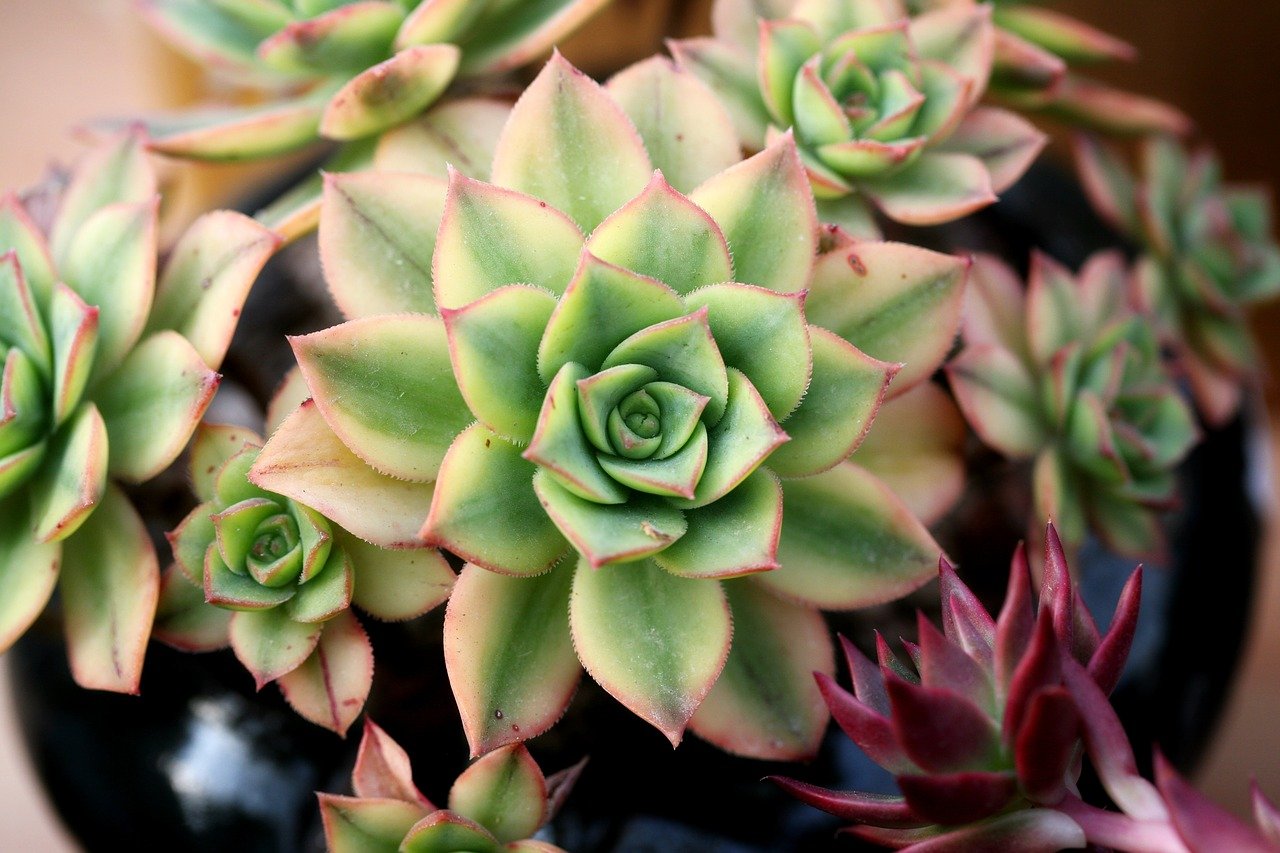
You can plant Sempervivum any time, but it’s usually best to plant it just after the spring frosts. The main flowering time is between April and August, depending on the specific variety. It can be several years before a Sempervivum blooms and when it does it produces a few, large, rosettes. These can be in many colours. The main attraction is its blue/green, evergreen foliage.
Thymus ‘Silver Posie’

You can plant Thymus from April through June. It will bloom from June through August. The flowers are tiny and pink. They aren’t of much interest to humans but bees love them. For humans, Thymus is mostly grown for its grey/green, aromatic evergreen foliage. It is popularly used in cooking and as a medicinal herb.
Veronica prostrata
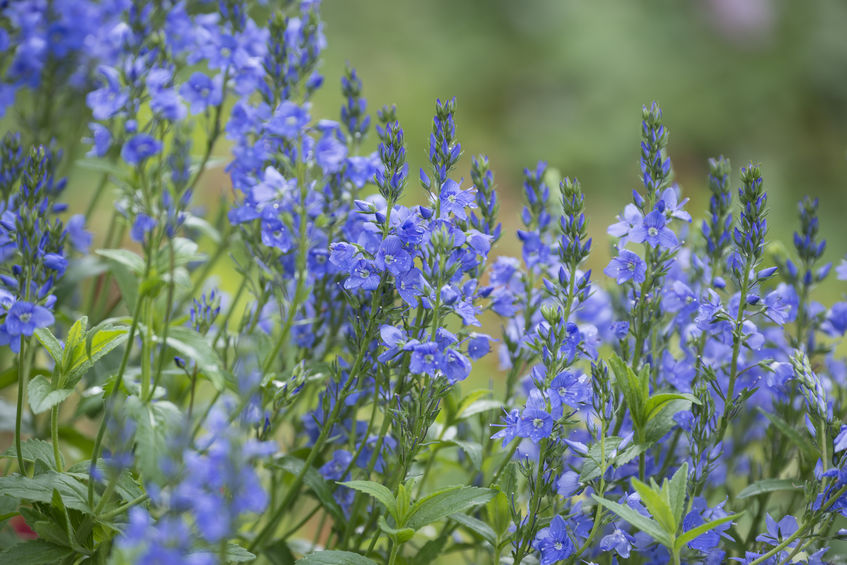
Plant Veronica just after the spring frosts. It flowers from May to July. Each stem has multiple, tiny, blue star-shaped blooms. The foliage is bright green and semi-evergreen. Veronica is a vigorous plant, which quickly forms a dense, ground-covering carpet. If you’re short on space, it’s safest to keep it in a container.
If you’d like to know more about growing alpine plants or plants in general, then please get in touch. We’re happy to give you all the help and advice you need with your garden. Whatever your question or issue, please contact us today!



